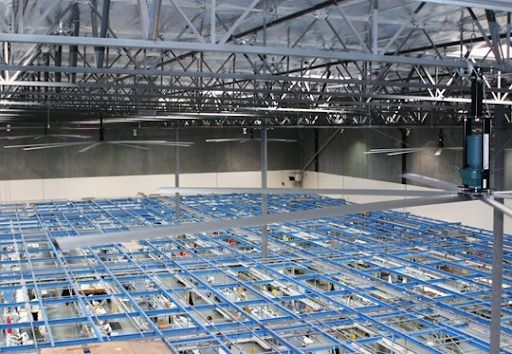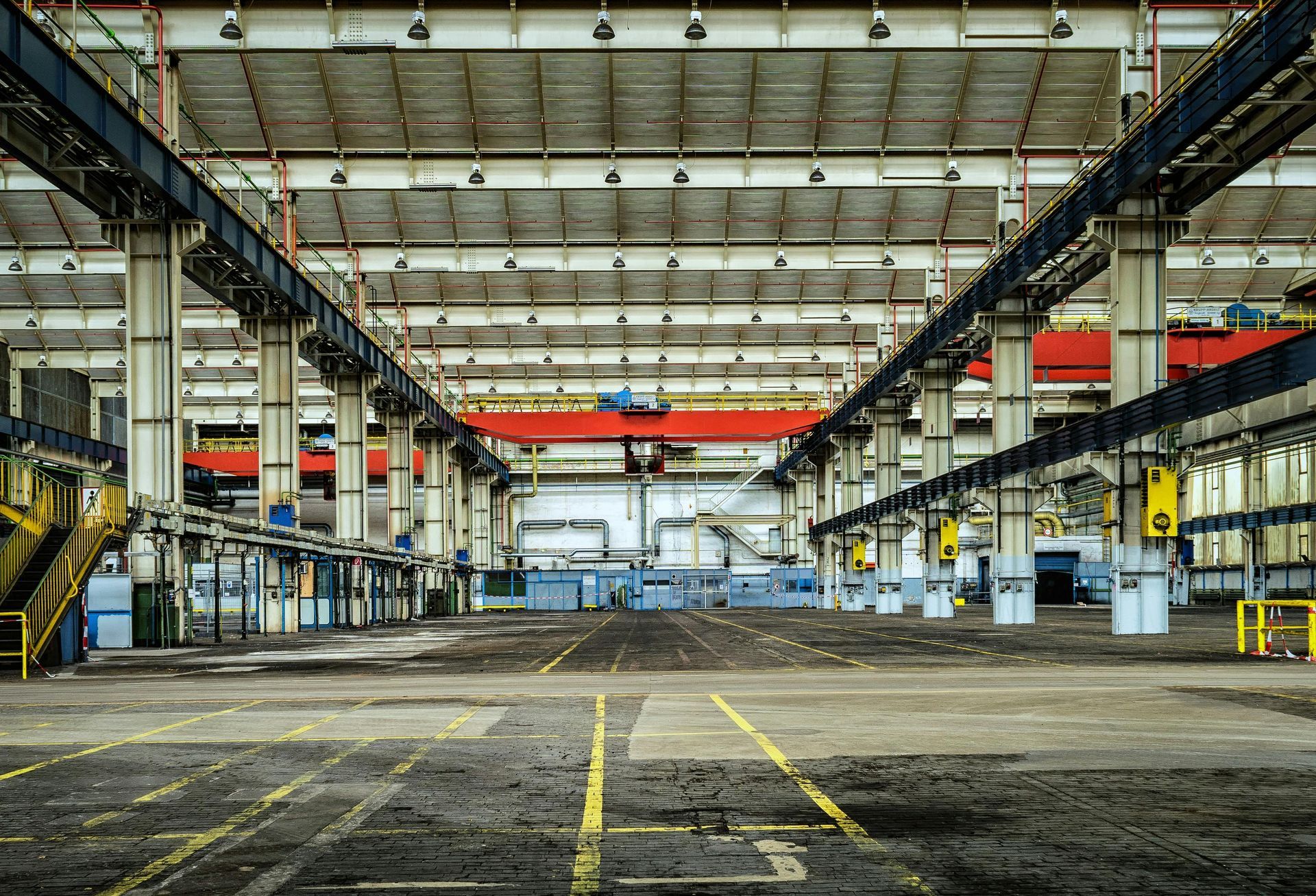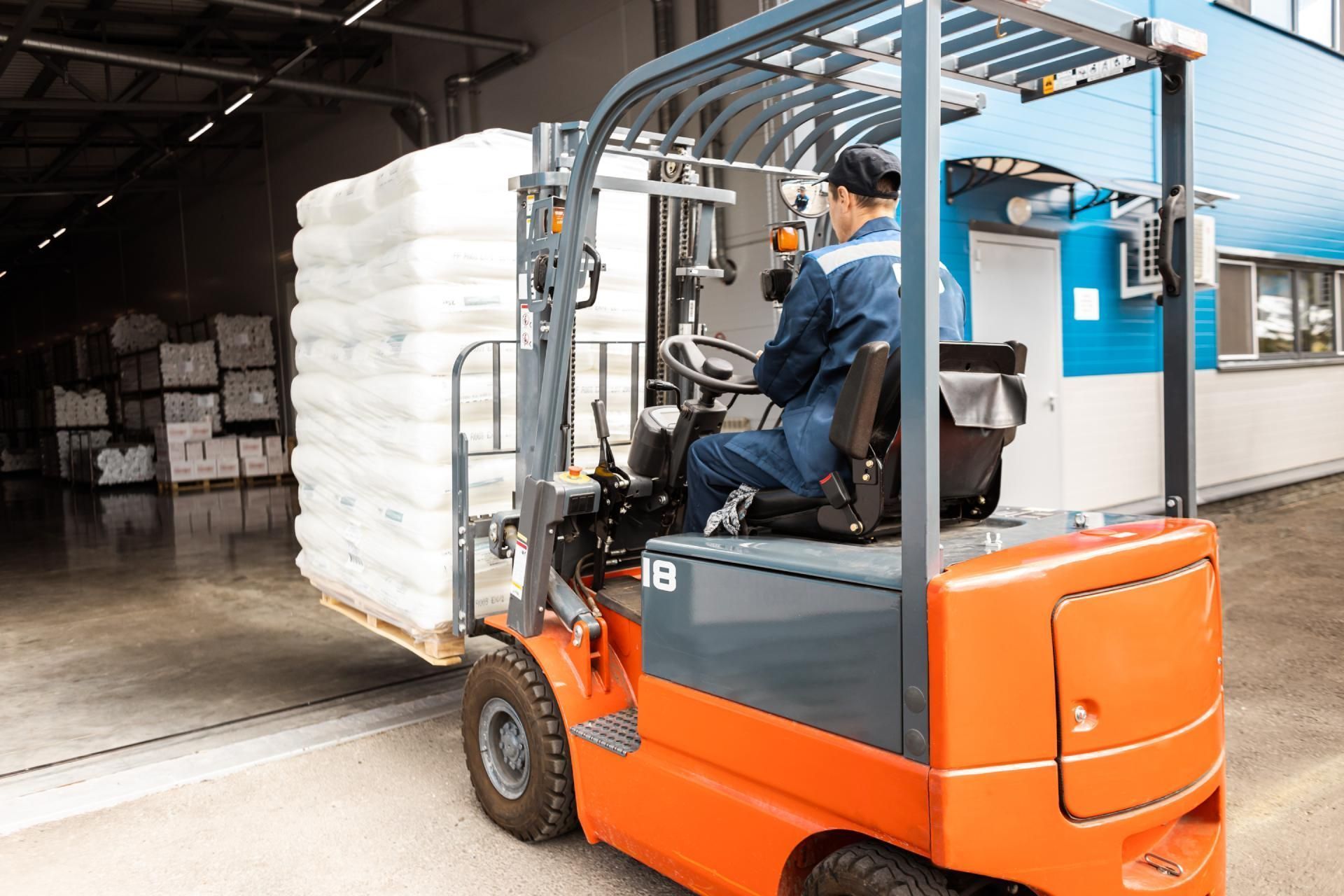Retail Warehouse Tips
There’s no corner of retail that doesn’t need warehouse space to run efficiently, and that’s especially true for those businesses that do any eCommerce business. Managing a retail warehouse is tricky without the right systems and processes in place and then tweaking these to make them as efficient as possible.
Retail Warehouse Challenges
The first step to understanding how to address challenges is identifying the most common issues encountered in retail warehouses. The biggest of these challenges is lack of space, followed closely by inefficient product picking and packing, slow operations, product loss and damage, inefficient inventory tracking, and poor demand management.
You can solve some of these challenges by adopting tech tools and software suites, and while that’s undoubtedly a great move, you can also take steps within the warehouse building to help.
Reevaluate Storage
The best solutions are often the simplest. We’re often shocked to see how much of a warehouse’s available volume is wasted. There’s always room to expand, and the best way to do that is often by taking full advantage of the airspace above your topmost warehouse shelving. This occasionally means reconfiguring your shelving (you’ll need something that can safely handle the added weight). Still, it’s also much less expensive than expanding, and it’s easier to scale during slower business cycles.
Even warehouses can have back rooms to store extra inventory that doesn’t need to be a part of the daily workflow. Invest in high-quality racks and shelving that keep workers and items safe from unintentional damage. Writing inventory off as a loss is never fun for any business, and mitigating the risk of something happening to items waiting to be sold is vital for any brand’s bottom line.

Warehouse shelving can be a secret weapon for your business, allowing you to make the best available use of your space. Right off the bat, it will cost less to invest in new warehouse racks than renting larger warehouse space. The proper warehouse racks will also allow you to better use your space, chiefly by allowing you to expand upward and maximize vertical space.
Once you have your racking setup, you must choose suitable containers for loose items. Here, as elsewhere, you don’t want to leave space. If all of your containers fit perfectly on your shelves, but they each have two small items rattling around inside, there are better options available. By using containers of various sizes, you can craft storage that’s built to accommodate your specific needs.
Focus On Equipment
There’s no shortage of tools these days that help your warehouse run more efficiently. From artificial intelligence to the Internet of Things and beyond, managers have a spectrum of options to choose from. However, something that’s often overlooked when optimizing workflows is the condition of warehouse equipment, especially forklifts.
Even the best-maintained forklifts can lose power and speed over time and take longer to charge and more labor and money. Forklift performance directly affects the efficiency of your warehouse. It will be harder for employees to operate and could become unsafe. It’s important to know the signs that it may be time to replace your aging forklift equipment.

Routine inspection and maintenance of equipment can help alert warehouse managers to problems that could slow down productivity. A forklift leaking a bit of oil may not seem like a problem until it causes a slip-and-fall accident in your warehouse. While equipment repairs are less costly than replacements, there may be a time when buying new is your only option. Vet your vendor and ensure they offer high-quality equipment and the support to help repair it over its lifetime.
There’s no doubt that retail warehouse management strategies come in all shapes and sizes, but one universal thing is a comprehensive approach to equipment maintenance — and that’s non-negotiable.
Choosing Benco means your facility and equipment — from your warehouse floor to the roof — keeps your business running smoothly and your employees safe on the job. Our team of experts offers an extensive range of services that can optimize your warehouse for efficiency and safety. Get in touch today!
The post Retail Warehouse Tips appeared first on Benco Industrial Equipment.




